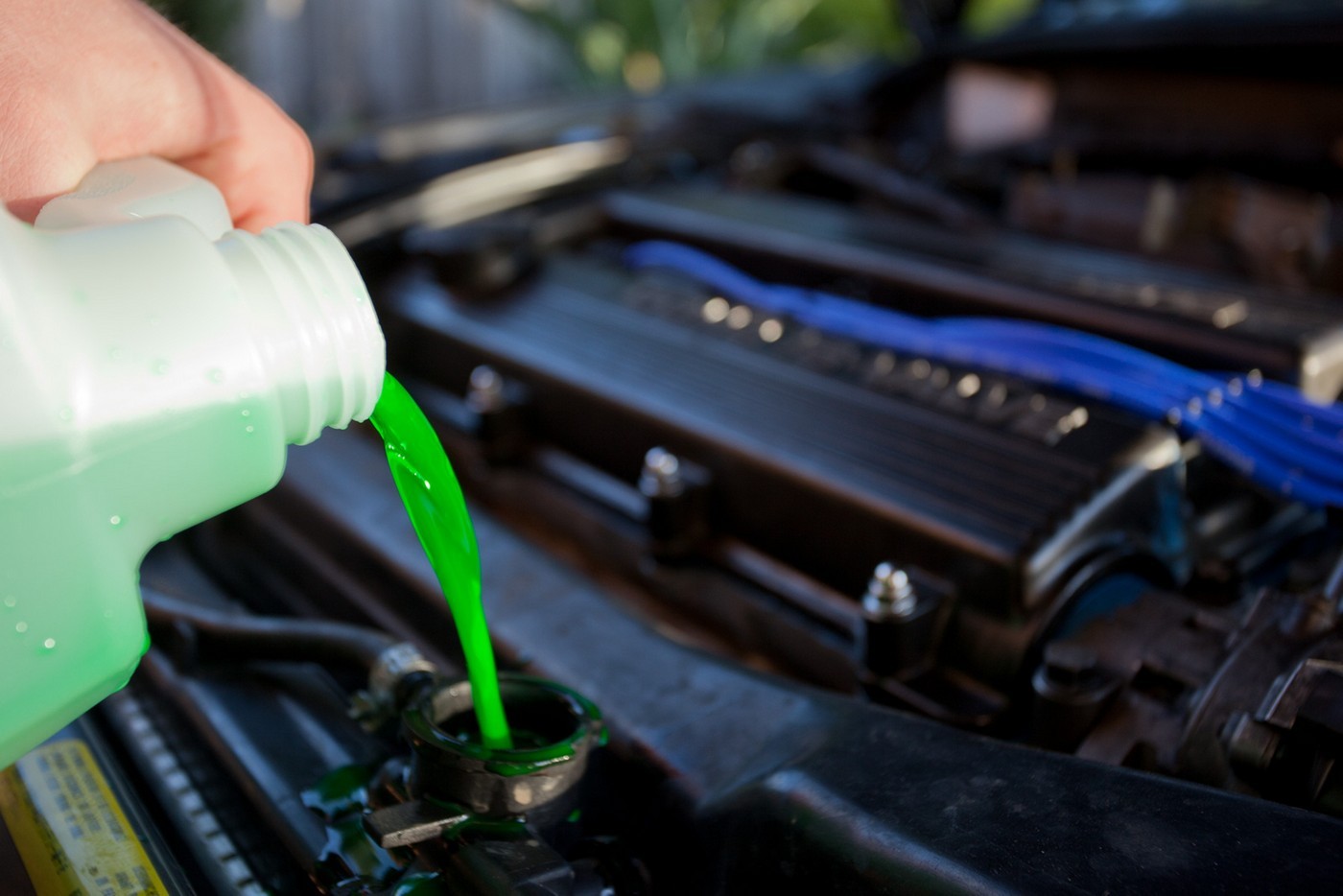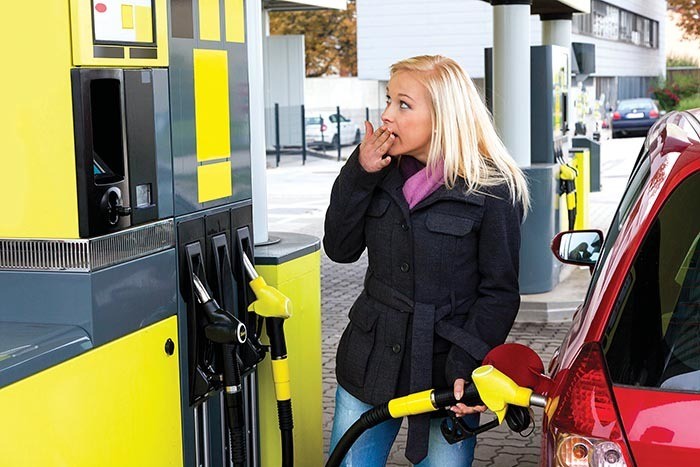
How to choose a good coolant?
Content
The coolant in the radiator helps maintain the correct engine temperature, which affects the best performance of the power unit. Often drivers choose the one that is cheaper coolant, which can lead to many breakdowns in the car. Too little fluid can also cause the engine to overheat or seize. To avoid failure, it is best to choose proven and high-quality coolants. So what are the characteristics of a good coolant? Read and check!
Why is coolant so important?
The vehicle reaches high temperatures when running at high engine speeds. Coolant maintains the desired temperature and prevents the device from overheating. As the temperature rises, the fluid transfers heat between the engine and the radiator to disperse the temperature back into the system. The coolant distributes heat and thus also warms up the interior of the car.
coolant - production
How is coolant produced? The technology types are listed below:
- IAT (Inorganic Additive Technology) is a technology that uses inorganic additives. These additives, i.e. silicates and nitrates, create a protective barrier from the inside and over the entire surface. Such liquids wear out quickly, and if left in the radiator for a long time, they can block the water passages. Coolant with IAT technology will work in an engine with a cast iron sidewall and an aluminum cylinder head. This type of product is best replaced every two years;
- OAT (Organic Acid Technology) - in the case of this technology, we are dealing with organic additives in the composition. This makes the protective layer thinner, although it is just as effective. Such fluids have a higher heat transfer capacity than IAT. OAT technology is only used in new generation vehicles. There are no lead solders in the radiators of these cars. Otherwise, leakage may occur. These coolants can last up to 5 years;
- HOAT (Hybrid Organic Acid Technology) is a hybrid coolant containing organic additives and silicate reagents. This is an interesting competition for an IAT agent. This structure will allow the liquid to last longer and protect against corrosion.
Coolant - Composition
Types of coolants can also be distinguished in another category. The composition of the coolant may vary. The product contains ethylene glycols or propylene glycols:
- Ethylene glycol has a higher boiling point and flash point. Freezes at -11°C. It is a cheaper fluid to manufacture and has a lower viscosity. At low temperatures, it crystallizes quickly and absorbs less heat. This is not a sensational coolant, and it must be added that it is highly toxic.;
- Propylene glycol differs from its competitor in that it does not crystallize at low temperatures. It is much less toxic, which is why its price is higher.
How do glycols work?
The temperature of ethylene glycol drops as it is diluted. A good solution is to mix this alcohol with water. Why? If you add more water, coolant won't freeze so fast. To get the right amount of glycol in your water, use a ratio of 32% water to 68% glycol.
How to choose the right coolant?
Finished products are available on the market coolants or concentrates that need to be diluted with water. If you do not add water, the concentrate itself will begin to freeze at -16°C. To dilute the condensed liquid well, follow the manufacturer's instructions. The finished coolant is already in ideal proportions, so nothing needs to be added. Its advantage is the freezing temperature, which reaches -30°C. If you are wondering if the type of unit matters, the answer is that the coolant for a diesel will be the same as for any other type of engine.
Can coolants be mixed?
If you decide to combine different liquids, you need to carefully check their composition. They must have similar additives and the same origin. Liquids with different additives cannot be mixed, so do not mix, for example, liquid with inorganic additives and organic liquid. The refrigerant may react to form a less protective barrier.
Fluid replacement
What to do when you do not know what liquid is currently in the radiator and you need to add more? The solution is to buy a universal one. coolant. Such a product contains anti-corrosion particles that protect not only aluminum, but also copper and steel. You can also flush the cooling system before adding new coolant.
What else do you need to know about coolant?
In situations where it is necessary to add water to the cooling system, remember that it must be distilled water. Ordinary tap water contributes to the formation of scale in the entire system. It is equally important that the liquid does not freeze in winter. The boiling point of the coolant must be between 120-140 °C. Commercially available cooling concentrate should be diluted with demineralised water as the thick liquid itself crystallizes already at -10 °C.
Does the color of the coolant matter?
The most common coolant colors red, pink, blue and green. This is usually a designation of production technology, but not a rule. IAT is most often dark green or blue in color. OAT fluids are mostly pink, red, purple, or colorless.
Why such a variety of colors when it comes to coolant? The color of the liquids is specified by the manufacturers for safety reasons.. All this in order to avoid accidental consumption, as well as for easier localization of leaks in the system.
How often should the coolant be changed?
Don't forget to change the coolant. Failure to act can result in serious damage to the vehicle. consumption coolant the driver may simply not notice. The lack of good coolant means that the cooling system is not working as efficiently. This can lead to poor engine performance and a greater chance of corrosion. Most manufacturers recommend changing the fluid every 5 years or every 200-250 km.
Important rules when changing fluid
When changing the fluid, you must:
- use coolant designed for this system;
- always choose a branded product. More expensive than substitutes, the liquid uses new technologies and guarantees quality;
- flush the cooling system before each replacement;
- do not mix liquids. When a vehicle breaks down due to mixed coolant, no manufacturer is liable for the damage. If you need to add liquids, choose a branded, more expensive product. When the fluid wears out, replace it with a new one.
Coolant - what are the consequences of the wrong choice?
The consequences of an old or unsuitable fluid can be different. Most often it is:
- corrosion of the entire system;
- there is no protective barrier.
Old coolant
The most common cause of corrosion in the cooling system is old coolant that has been left for too long. Corrosion means it has stopped working. During operation, the old fluid may begin to foam. In the old coolant too little glycol, which can cause the engine to overheat. Also watch out for:
- tap or distilled water;
- unsuitable fluid for the radiator material.
Tap or distilled water
This can lead to overheating of the engine and, as a result, to its jamming. Its use can lead to clogging of the heater and cooler with scale.
Incorrectly selected fluid for the radiator material
If you choose the wrong product, the entire cooling system may corrode. Rust can also attack certain metal parts.
When choosing a coolant, pay attention to the composition and additives. Make sure the correct type of product is in the cooling system. Then you will be sure that nothing will be damaged. Automotive coolant keeps every engine running at low and high RPMs. So remember to replace it regularly and try to avoid cheap substitutes and mixing substances.
